All about the flour beetle
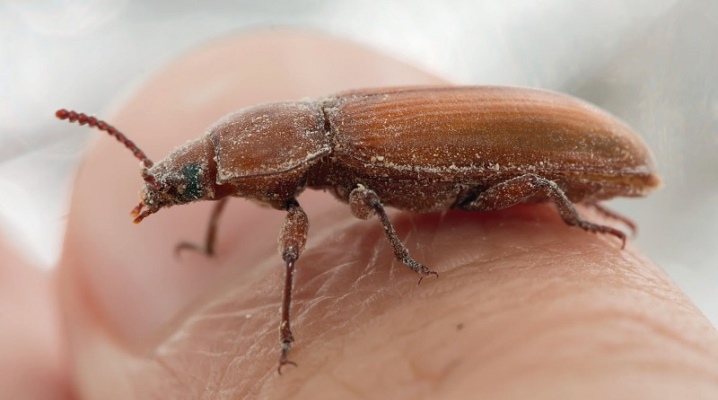
The flour beetle is an insect that harms the contents of pantries, kitchen cabinets. It is quite difficult for an unprepared person to understand where a large or small beetle came from in an apartment, what it eats. A detailed story about how to get rid of larvae and black adults, a description of their habits, behavior, will help to understand the problem even without professional help.
Description of the pest
The flour beetle is an insect with a black back, found in apartments and residential buildings, and eats food. This pest belongs to the family of darkling beetles, which grow up to 18 mm in length. Beetles lay their eggs in pantries, cupboards, and food supplies. Later, larvae hatch from them, developing successfully only under favorable conditions - in a warm environment with a sufficient level of humidity. Adult insects live well in cooler rooms, since they are protected by a chitinous shell.


It can be quite difficult to understand where the beetle got to the apartment or house from. It crawls, penetrates into barely visible crevices, lays eggs in food products in warehouses, from where they are packaged. Insects need constant access to a food source, they are voracious, and actively reproduce. During her life, an adult female lays up to 1000 eggs, from which flour worms appear - larvae up to 30 mm long with tenacious limbs and powerful upper jaws.
The Khrushchak beetle is found in residential buildings in several of its varieties at once. They have some differences. Entomologists classify these members of the darkling beetle family as follows.
- Large flour beetle... Flying large insect with a body length up to 18 mm. Its abdomen is red in color. The larvae are eyeless, but have a set of limbs with which they move. Mealworms reach 30 mm in length, preferring to live in a humid and warm environment.
- Small flour beetle... Compact insects with a body length of no more than 5 mm are the smallest in this series. They do not fly, although they have wings, they secrete a specific secret that scares off enemies. The larvae are whitish, up to 7 mm long, the eggs are sticky, white-yellow. It takes about 2 months to develop into an adult from the moment the worm forms.
- Small black beetle. The beetle is small in size with a body length of no more than 6 mm. The color of the insect is brown or coal-black, the abdomen is white. The larvae of the pest have a light beige body; the process of transition to the pupation stage takes them 12 months.
It is these insects that people most often encounter in their homes and apartments. Adult beetles rarely show themselves to humans. Much more often you have to deal with the larvae - mealworms.
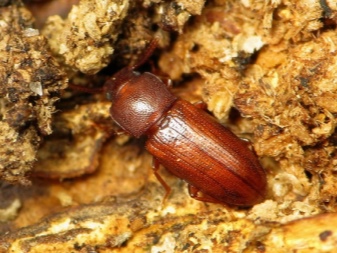
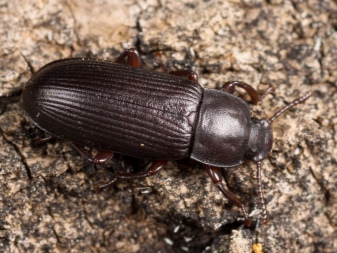
Causes of occurrence
The reason for the appearance of a beetle in living quarters may be the ingress of contaminated foodstuffs into them.... Adult pests are able to travel long distances in search of favorable conditions for laying eggs. They enter houses and apartments through cracks in floors and walls, cracks. Infected with larvae and eggs, bags, boxes, packages with supplies are often brought into the house by people on their own, unaware of such an unpleasant "surprise".
The main reason for the appearance of the flour beetle is the creation of a favorable habitat for it.... Rotting dried fruits, large stocks of cereals in the pantry, moldy beans, beans, peas are all ideal food for beetle larvae. Small Khrushchaks feel good in rooms with central heating, large ones prefer storage rooms, basements, places with high humidity. Irregular cleaning in the kitchen and other rooms, violation of the rules for storing food leads to the fact that the beetle can lay its eggs unnoticed by the owners. After some time, the supplies will already spoil the hordes of gluttonous larvae. Buying food "in reserve" in bags from warehouses where the rules for their storage were violated, also often leads to the ingress of contaminated supplies into the house.
In a private home, the flour beetle is often a companion to poultry. He lives next to pigeons, chickens, ducks, affects their food, feeds on the remains of feathers. Close proximity to an infected poultry house will inevitably lead to the fact that insects will penetrate into human housing, expanding their habitat.

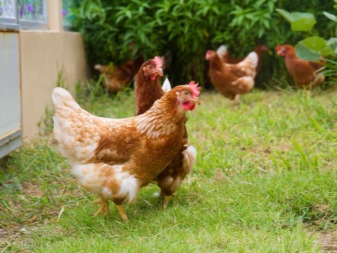
Why is it dangerous?
At first glance, the harm from the flour beetle is not too great. The beetle does not bite a person, like his "children", rarely appears within sight, preferring to hide away from sunlight. The main danger is carried by the larvae, which actively secrete a secret, leaving feces and particles of skin during molting. Getting into food products, they make cereals, flour, pasta, dried fruits unsuitable for subsequent use. Allergic reactions can be additional problems. They occur on the waste products of insects, can lead to chronic bronchitis and asthma, and pose a serious health hazard. The reaction can be especially strong if contaminated foods are accidentally consumed.
Do not assume that flour beetle affects only cereals. The beetle is omnivorous, can gnaw cardboard and wallpaper, eat cocoa and chocolate. He does not disdain knitted materials. In residential premises, such a neighborhood is always accompanied by a specific unpleasant odor.
In the absence of access to food, the pest eats bedding made from natural fabrics, woolen and leather upholstery of sofas.
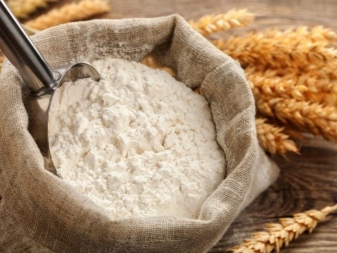

Ways to fight
The appearance of the flour beetle is often detected already at the stage when the stocks of cereals or dried fruits are literally teeming with larvae. In this case, the desire to get rid of the dangerous neighborhood will be quite understandable. You just need to understand that it will be quite difficult to bring out an adult beetle and its larvae, eggs by some means, without resorting to total pest control measures. Obvious solutions, such as sifting cereals and other products, manual removal of detected insects, do not help remove pest eggs. After some time, they will appear in the housing again.
The basic rules for getting rid of the flour beetle are quite simple.
- Destruction of contaminated supplies. It is advisable not only to throw them away, but also to burn them in order to exclude the possible spread of the pest. You will have to go through all available cereals and products of long-term storage that do not have airtight packaging.
- Processing furniture, dishes, where beetles or larvae were found. They must be thoroughly washed with chlorine-containing products.
- Processing non-contaminated supplies... It is recommended to bake them in the oven and then pour them into a clean container.
Having taken the initial measures, you can proceed to a full-scale pest control. Here, a variety of means and methods can be used to achieve complete elimination of insects.
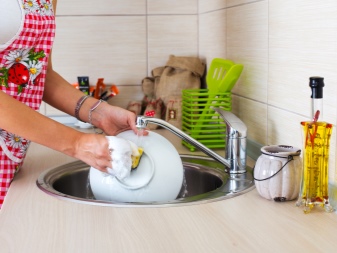

Insecticides
The destruction of the flour beetle at any stage of its development is carried out using insecticidal preparations. Only pesticides help to really cope with the problem if the infection has become significant. In the conditions of warehouse complexes, granaries, the following groups of drugs are used to combat insects.
- Fumigation agents based on organophosphates.Phosphine is most commonly used.
- Contact drugs. Concentrated emulsions are not toxic to humans and farm animals. They are dangerous only for insects.
- Fumigation agents for aeration. They are used in combination with professional devices - fog generators.
- Insectoacaricidal drugs. They use pesticides of the pyretoid group. This includes bifenthrin, pyrimophos, and other compounds.
At home, the treatment of poultry houses, dovecotes, pantries is also carried out with insecticidal agents of the pyretoid group. They are suitable for home use and are not highly toxic to humans and animals. The most commonly used pesticides are in the form of a gel, spray in an aerosol can. At the same time, it is very important to avoid contact of food with insecticides, since they are intended, rather, to decontaminate the home. These chemicals can lead to poisoning if eaten, inhaled, or swallowed.
Among the drugs that can be used independently when a colony of flour beetle is found under baseboards or in cabinets, one can single out "Dichlorvos" and its derivatives. The aerosol is convenient for spot spraying, toxic to beetles. It is only important to take into account that the processing is recommended to be carried out in pantries free of food products, and other rooms. Necessary:
- spray aerosol;
- leave the room closed for 30 minutes;
- thoroughly ventilate rooms or closets;
- carry out wet cleaning.
Chemical treatment for insects is always carried out using all the necessary protective measures. It is imperative to protect hands, eyes, respiratory organs. In poultry houses, dovecotes, and places where animal feed is stored, only professional preparations should be used. Household insecticides can do more harm than good.
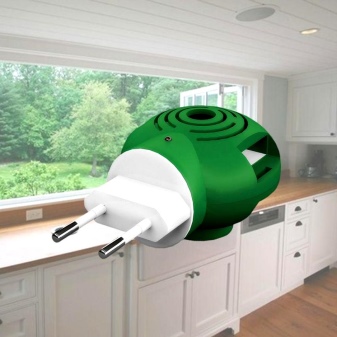
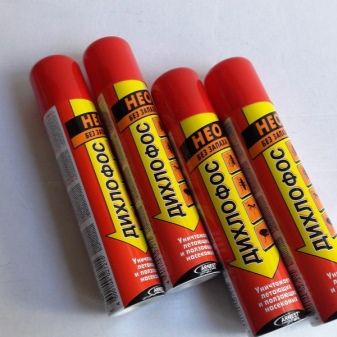
Traditional methods
The main way to combat harmful insects, from the eggs of which mealworms hatch, is heat treatment. Freezing helps to guarantee the destruction of pests. When atmospheric temperatures drop to -7 degrees, both larvae and adult insects die. Unfortunately, this method is of little use in a city apartment. But he works well in the country or in a private house. Local destruction of flour crust eggs is carried out by heating. Calcining food supplies in the oven at temperatures above +100 degrees allows them to be disinfected. But it is still impossible to eat foods affected by larvae.
Steam or dry heat treatments are also good at killing pests. It is only important not to harm the kitchen furniture and furnishings. Safe natural insecticides help scare off adult flour beetles from the kitchen or pantry. They are hung in bunches inside shelves and cabinets, laid under the baseboards. Herbs work best:
- lavender;
- sagebrush;
- tansy;
- Caucasian chamomile;
- Bay leaf;
- basil;
- mint.
Anti-moth remedies have a similar effect. The so-called sections, which are hung in the cabinets, contain the essential oils of plants. They are released into the air, preventing the spread of insects. It is unlikely that it will be possible to actually destroy the flour beetle with their help.

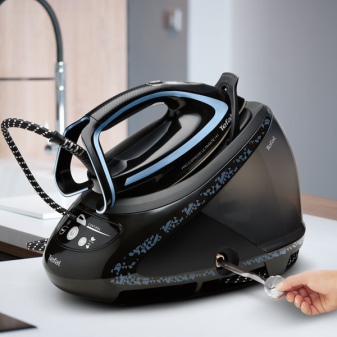
Prevention measures
Faced with a flour beetle in a house or apartment, having successfully got rid of it, effective preventive measures should be taken in the future. Among the useful recommendations are the following.
- Periodic inspection of all food supplies. Cereals, flour, and other bulk products must be periodically shaken out of the cans and sorted out.
- Maintaining a dry microclimate in the pantry, kitchen cabinets, basements. Dampness is a major contributor to food spoilage. It is she who attracts beetles to the house.
- Moving bulk products into hermetically sealed containers. This will cut off pests access to cereals and flour.When emptying containers, they are thoroughly washed, disinfected before reuse.
- Regular ventilation of pantries, kitchen furniture... Cleaning with disinfectants.
- Inspection of premises upon detection of adult beetles. Particular attention is paid to the places under the wallpaper, baseboards, in the cracks under the windowsills.
- Installation of mosquito nets... They will protect the premises from infection by flying beetles.
- Sealing gaps in floors and walls. These measures will help prevent the beetle from getting into the apartment or house from neighbors.
- Use of steel strips. They pull bags of food in warehouses. The metallic smell is unpleasant for parasites. It can also be used in the home pantry.
Having taken care of the prevention in a timely manner, you can not be afraid of the reappearance of the mealworm in food.

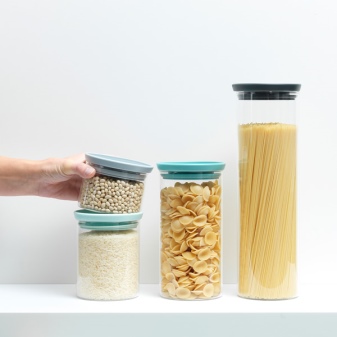
For information on how to get rid of bugs in cereals and in the closet, see the next video.













The comment was sent successfully.